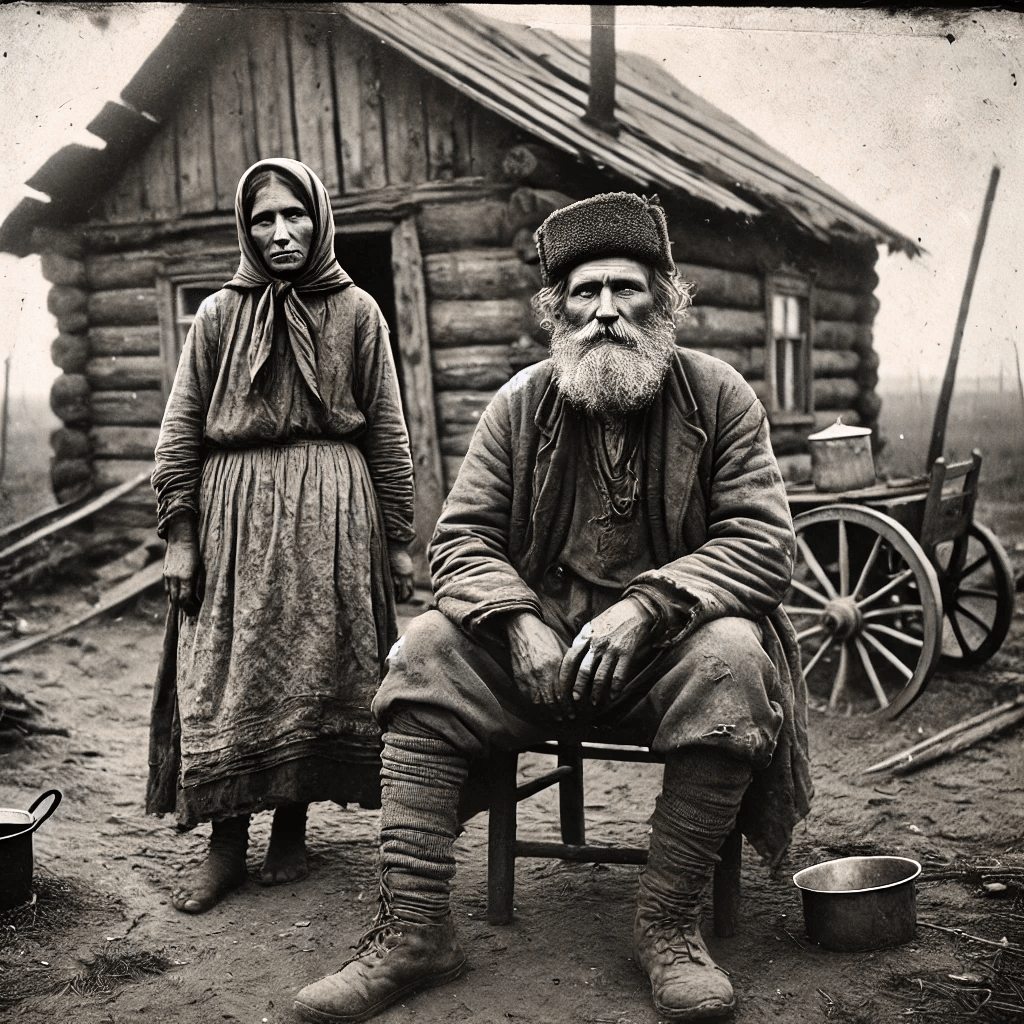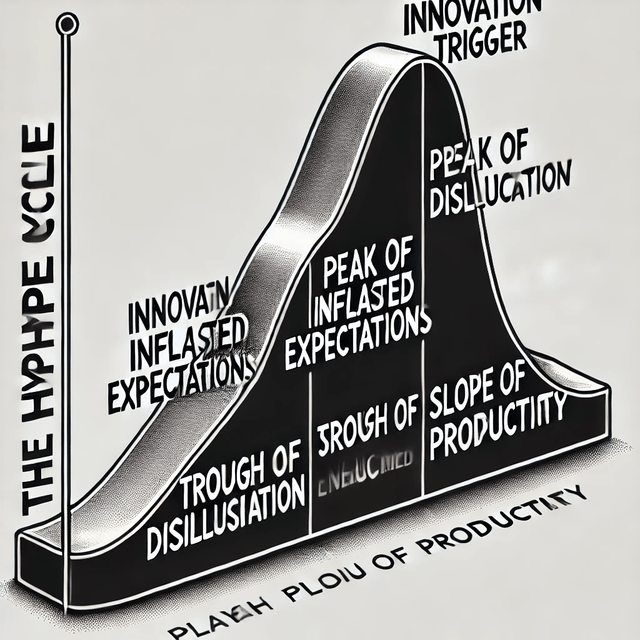The Historical Roots of Dysfunction in Russia: An In-Depth Analysis
- 04 Sep, 2024

The Historical Roots of Dysfunction in Russia: An In-Depth Analysis
Introduction
Russia’s history is marked by a series of complex socio-political and economic challenges that have contributed to its current state of dysfunction. This report aims to explore the historical roots of these issues, tracing them back to the medieval period and examining their evolution through the centuries. By understanding the historical context, we can gain insights into why Russia has struggled to establish a stable and prosperous democratic state in the modern era.
The Medieval Foundations
The Legacy of Autocracy and Serfdom
The roots of Russia’s modern dysfunction can be traced back to the medieval period, particularly the 16th and 17th centuries. During this time, Russia’s rulers established a governance model characterized by autocracy and serfdom. This system was seen as necessary for national survival, given the geopolitical challenges Russia faced, including a lack of defensible borders and hostile neighbors (Cambridge University Press).
The autocratic system, under both Tsarist and Soviet regimes, was not a random phenomenon but rather a response to the historical and environmental conditions that shaped Russian political development. These conditions have persisted, making it difficult for Russia to transition to a more democratic and progressive governance model (Cambridge University Press).
The Time of Troubles
The Time of Troubles (1598-1613) was a period of political crisis and social upheaval in Russia, marked by a succession crisis following the death of Feodor I, the last of the Rurik dynasty. This period saw the rise of numerous usurpers and imposters, leading to widespread lawlessness and instability. The Polish-Lithuanian Commonwealth occupied parts of Russia, further exacerbating the crisis (Wikipedia).
The Time of Troubles highlighted the fragility of the Russian state and the challenges of maintaining a centralized autocracy. The eventual accession of Michael I of the House of Romanov marked the end of this turbulent period, but the underlying issues of governance and social cohesion remained unresolved (Britannica).
The Impact of Peter the Great’s Reforms
Modernization Efforts
Peter the Great’s reign in the early 18th century is often associated with significant modernization efforts in Russia. His reforms aimed to centralize state power, modernize the military, and adopt Western technologies and cultural practices. However, these efforts had limited impact on the overall economy, which remained largely agrarian and underdeveloped (CEPR).
Despite some positive growth in the early 18th century, Russia’s economic development lagged behind that of Western Europe. The persistence of serfdom and the aristocracy’s resistance to change hindered the country’s progress. The abolition of serfdom in 1861 did not lead to significant economic growth, as the structural issues within the Russian economy remained unaddressed (CEPR).
The Reinforcement of Autocracy
Ironically, Peter the Great’s attempts to modernize Russia also reinforced the autocratic system. The centralization of power and the emphasis on state control over various aspects of society laid the groundwork for future authoritarian regimes. The aristocracy retained despotic power over their serfs, using their wealth to emulate Western lifestyles without contributing to genuine economic development (Akarlin).
The 19th and Early 20th Centuries: Economic and Social Challenges
Economic Inequality
On the eve of the 1905 Revolution, Russia faced significant economic inequality. While income inequality was not as severe as in some other countries, it was a symptom of deeper structural issues within the Russian economy. The interplay of fiscal policies and relative-price features of Imperial Russia contributed to this inequality, which persisted into the Soviet era (NBER).
The Struggle for Modernization
Throughout the 19th century, Russia struggled to catch up with the economic development of Western Europe. The country’s GDP per capita showed little growth, and the relationship between population and land remained a critical factor in economic stagnation. The limited impact of industrialization efforts further compounded these challenges (CEPR).
The Soviet Era: Continuity and Change
The Soviet Experiment
The Bolshevik Revolution of 1917 marked a significant turning point in Russian history. The Soviet regime sought to break away from the autocratic traditions of the past and establish a socialist state. However, the centralized control and authoritarian governance that characterized the Soviet Union bore striking similarities to the Tsarist regime it replaced (Akarlin).
Economic and Political Challenges
The Soviet Union faced numerous economic and political challenges throughout its existence. The emphasis on state control and central planning often led to inefficiencies and corruption. The lack of political freedoms and the suppression of dissent further hindered the country’s development (Wikipedia).
Post-Soviet Russia: The Struggle for Democracy and Prosperity
The Legacy of Corruption
Corruption has been a persistent issue in Russia, deeply embedded in the historical model of governance. The dissolution of the Soviet Union and the rise of Russia coincided with the illegal dispersal of state assets into private accounts, contributing to the emergence of a kleptocratic system. This corruption has permeated various aspects of Russian society, including the economy, public administration, and law enforcement (Wikipedia).
The Challenges of Transition
Post-Communist Russia has struggled to transition to a prosperous democratic state. The historical legacy of autocracy and centralized control has made it difficult for the country to adopt democratic governance and market-oriented economic policies. The West’s efforts to assist Russia in this transition have been met with limited success, as the deep-rooted issues of governance and corruption persist (Medievalists.net).
Conclusion
The historical roots of dysfunction in Russia are complex and multifaceted, shaped by centuries of autocratic governance, economic challenges, and social upheaval. From the medieval period to the present day, Russia has faced significant obstacles in its quest for stability and prosperity. Understanding these historical factors is crucial for addressing the current challenges and charting a path toward a more democratic and prosperous future.
References
-
Cambridge University Press. (n.d.). Historical patterns of Russian political development. Retrieved from https://www.cambridge.org/core/books/abs/how-russia-is-not-ruled/historical-patterns-of-russian-political-development/ADC11B95DFB0AD6A62F20F4B30074748
-
Wikipedia. (n.d.). Time of Troubles. Retrieved from https://en.wikipedia.org/wiki/Time_of_Troubles
-
Britannica. (n.d.). Time of Troubles. Retrieved from https://www.britannica.com/event/Time-of-Troubles
-
CEPR. (n.d.). Catching-up and falling behind: Russian economic growth, 1690s-1880s. Retrieved from https://cepr.org/publications/dp17458
-
Akarlin. (n.d.). Russia’s Sisyphean loop. Retrieved from https://akarlin.com/russias-sisyphean-loop/
-
NBER. (n.d.). Russian inequality on the eve of revolution. Retrieved from https://www.nber.org/papers/w18383
-
Wikipedia. (n.d.). Corruption in Russia. Retrieved from https://en.wikipedia.org/wiki/Corruption_in_Russia


